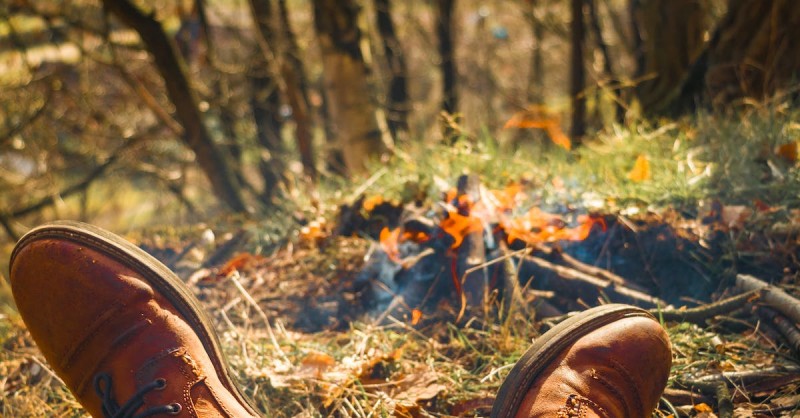
Survival scenarios often captivate our imagination, fueled by adrenaline-pumping tales of adventure. However, the world of survival is riddled with myths that can lead us astray when it matters most. In this comprehensive guide, we'll debunk some of the most widely held but dangerous survival myths. Let's set the record straight.
Starting a fire with two sticks is far from a guaranteed method. While it's theoretically possible, it requires an extensive knowledge of wood types, techniques, and ideal conditions. In a real survival situation, a reliable fire starter is essential.
The idea of drinking urine in a survival scenario is not just unpleasant but also potentially harmful. It contains waste products that your body is trying to eliminate. Seek alternative water sources like rainwater, dew, or by using a proper water purification method.
Contrary to popular belief, moss doesn't exclusively grow on the north side of trees. Moss prefers damp conditions and can grow on any side of a tree, depending on local climate and sunlight exposure. Relying on moss for navigation can lead you in the wrong direction.
Sucking venom from a snakebite is not only ineffective but can worsen the situation. It's vital to immobilize the bitten limb and seek immediate medical attention. Cutting and sucking can introduce infection and harm your chances of survival.
While food is essential for long-term survival, prioritizing it over other crucial needs like shelter and water can be a costly mistake. Humans can survive for weeks without food but only days without water and exposure to the elements can quickly become life-threatening.
Bears are incredibly fast, and the average human stands little chance of outrunning them. The best strategy when encountering a bear is to make yourself look bigger, back away slowly, and avoid direct eye contact.
Cactus water can be a lifesaver in the desert, but not all cacti are safe to drink from. Some contain toxic compounds that can cause severe illness or even death. Proper identification is crucial.
Survival skills are not innate; they need to be learned and practiced. Relying solely on instinct is not enough in a survival situation. Seeking survival training can make all the difference in your ability to stay alive.
Building a shelter should be a top priority. Exposure to the elements can lead to hypothermia, heatstroke, or dehydration. Even a basic shelter can provide crucial protection.
While it's generally true that civilization is often downstream, blindly following a river can lead to dangerous terrain or unforeseen obstacles. It's essential to assess your surroundings and navigate with caution.
While insects can be a source of protein in survival situations, not all insects are safe to eat. Some can be toxic, and it's essential to know which ones are edible and how to prepare them properly.
Eating snow can actually lower your body temperature and dehydrate you further. It's best to melt snow and purify it before drinking to ensure you're getting much-needed hydration.
Swimming to safety in open water is often more challenging than it appears. Strong currents, hypothermia, and exhaustion can quickly become life-threatening. Avoid unnecessary risks and prioritize alternative methods of crossing water.
Drinking excessive amounts of water when already dehydrated can lead to water intoxication, a potentially deadly condition. It's essential to balance fluid intake with your body's needs.
Mossy rocks can be deceivingly slippery and unstable. Don't assume they are safe to step on; always test their stability before putting your weight on them.
Sucking the venom out of a tick bite is ineffective and can increase the risk of infection. Use proper tick removal techniques, such as fine-tipped tweezers, to remove the tick safely.
Eating spoiled or contaminated food in a survival situation can lead to food poisoning, which can be life-threatening. It's crucial to exercise caution and prioritize safe food sources.
Wildlife can be drawn to the warmth and light of a campfire. Always store food securely and maintain a safe distance from wild animals, even when you have a fire.
Survival is often a team effort. Being alone in a survival situation can be incredibly challenging. Whenever possible, stay with others to share resources, support, and decision-making.
Assuming that rescuers will naturally find you can be a dangerous gamble. Always use signaling techniques like mirrors, whistles, or fire to increase your chances of being spotted and rescued.
In conclusion, dispelling these survival myths can save lives. When facing the unexpected in the great outdoors, knowledge, preparation, and a clear understanding of reality are your best allies.
The Truth About Diabetes Reversal